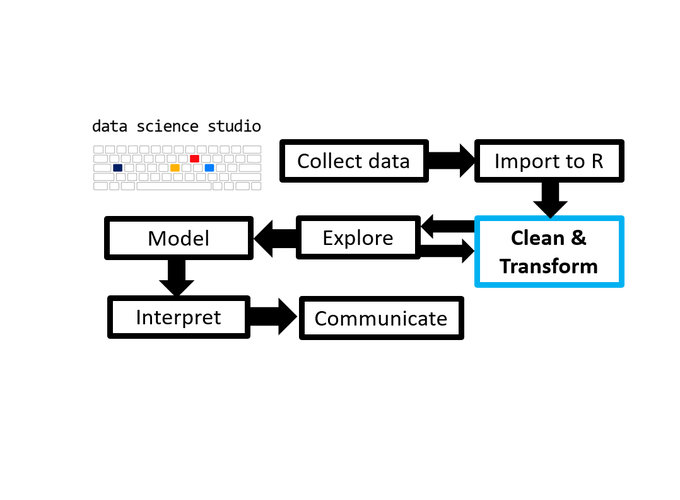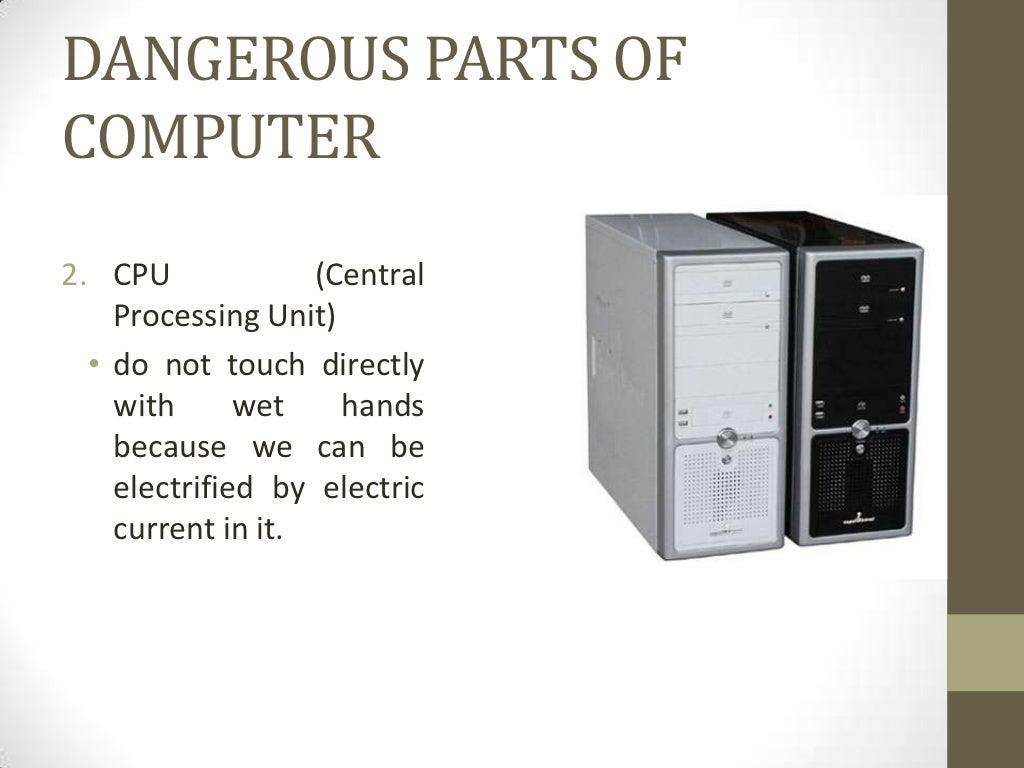

The primitive types can be initialized with a literal.

Integer primitive types silently overflow:Ī primitive type should be set by an appropriate value. Thus, the primitive types are limited to a range of values.
Boolean and null primitives: boolean and null.Īll the primitive types have a fixed size. However, byte and char can also support arithmetic operations. Operations associated with such types are those of textual manipulation (comparing two words, joining characters to make words, etc.). These primitive data types hold characters (that can be Unicode alphabets or even numbers). Operations associated with such data types are those of simple arithmetic (addition, subtraction, etc.) or of comparisons (is greater than, is equal to, etc.) These primitive data types hold only numeric data. Numeric primitives: short, int, long, float and double. In the Java type system, there are three further categories of primitives: You can not define a new operation for such primitive types. Because these data types are defined into the Java type system by default, they come with a number of operations predefined. Such types serve only one purpose - containing pure, simple values of a kind. These types serve as the building blocks of data manipulation in Java. There are 8: boolean, byte, char, short, int, long, float and double. Primitive types are the most basic data types available within the Java language. Parentheses themselves are evaluated from left to right.Navigate Language Fundamentals topic: ( v Service Manager follows the standard order of operations: operators inside the parentheses are evaluated first. This operator groups together expressions or statements. This operator separates two or more statements on the same line. The order of the operands affects this operation.Įxample: "ab" ~ #"abc" is TRUE (UNIX only) Indicates that the value of the first string does not start with the value of the second string. The order of the operands affects this operation.ĭoes Not Start With (Truncated Not Equal To) Indicates that the value of the first string starts with the value of the second string. Indicates that the value of one item is not equal to the value of another item. Indicates that the value of one item is greater than or equal to the value of another item. Indicates that the value of one item is greater than the value of another item.Įxample: '08/01/83 00:00' > '07/20/83 00:00' is TRUE If both expressions are false, it returns a FALSE. If one or both of the expressions is false, the system returns FALSE.Įvaluates two expressions and returns a TRUE if either or both of the expressions is true. If the expression is false, the system returns TRUE.Įvaluates two expressions and returns a value of TRUE if both expressions are true. If the expression is true, the system returns FALSE. 

Inverts the Boolean value of the Boolean expression. Indicates that two strings or two arrays are to be combined (concatenated) into a single string.Įxample: "a" + "b" = "ab" You may specifically want the remainder for a division operation, or you may want to generate a circular number sequence within a given range. The modulus is the remainder of a division operation. Indicates that the exponential value of a number is to be calculated. Indicates that one number is to be divided by another number. Indicates that one number is to be multiplied by another number. To distinguish subtraction from a minus sign, the subtraction operator must be followed by a space. Indicates that one number is to be subtracted from another number. Indicates that two numbers are to be added together. The following table presents a list of operators used in Service Manager. HPE Service Manager uses several different operators: An operator is a special symbol or function commonly used in expressions. The Operator data type is any expression that is parsed and returns a value, such as tod(), gui(), rtecall(), = (comparison). Develop > Programming Guide > System language > Data types > Data type: Compound > Data type: Operator Data type: Operator








 0 kommentar(er)
0 kommentar(er)
